What is an Emergency Wreck Marking Buoy?
As the name suggests, an emergency wreck marking buoy is used to identify and mark wreckages at sea, at least temporarily. Know more about Emergency Wreck Marking Buoy inside the article.
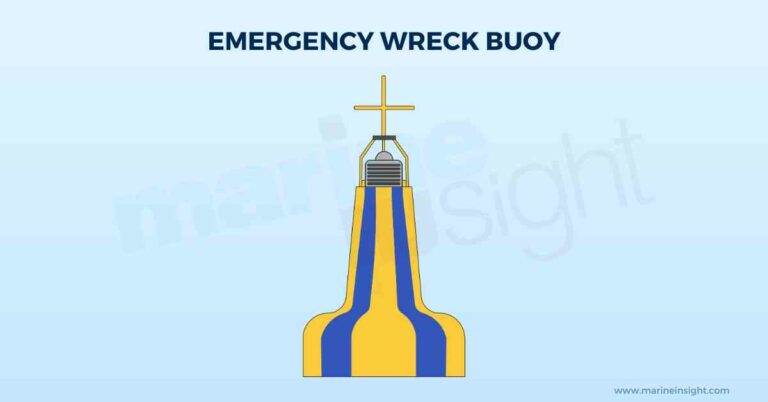
As the name suggests, an emergency wreck marking buoy is used to identify and mark wreckages at sea, at least temporarily. Know more about Emergency Wreck Marking Buoy inside the article.
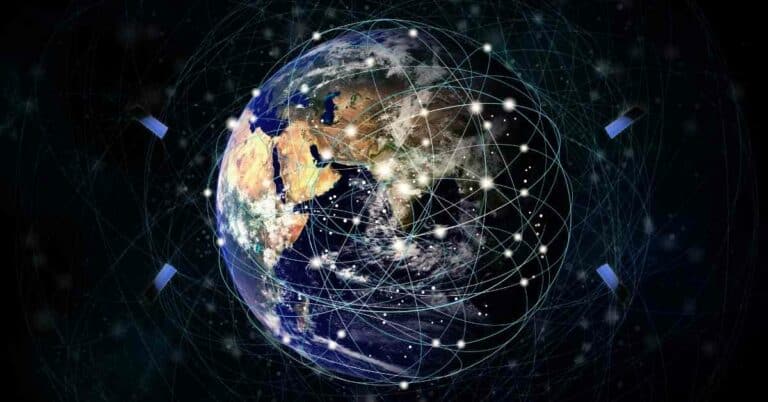
Isogonic Lines aid in navigation, and mariners mostly use isogonic charts that have a collection of several isogonic lines. Find put more about isogonic lines in this article.
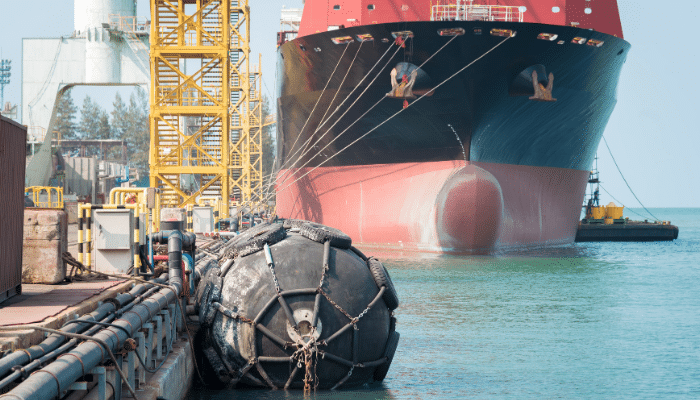
Fenders are used as guards for a vessel against impact with a jetty, dock, quay, berth, or any other ship close to a shore, preventing resultant structural damage.

Efficient marine fender saves ships from external damages that would otherwise occur to the ship’s hull plates or to the berth or jetty during berthing. Find out how berthing is done using marine fenders.
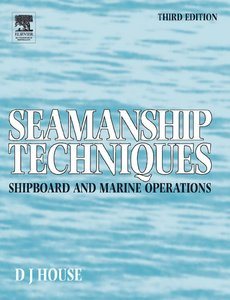
Being a professional deck officer means one has to be adept in the areas of seamanship and navigation. Find out six important maritime books which are a must-have for all deck officers serving at the sea.
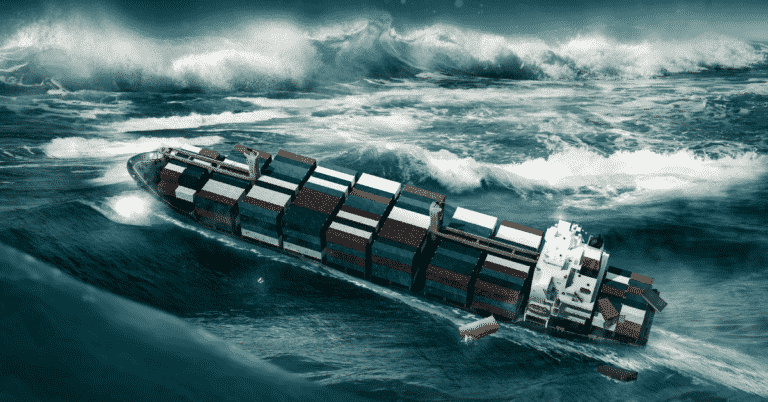
Although seafarers are well familiar with the term ‘TRS’ or Tropical Revolving Storm, there are a few important points they should consider when the ship approaches a TRS. Learn more about it inside the article.
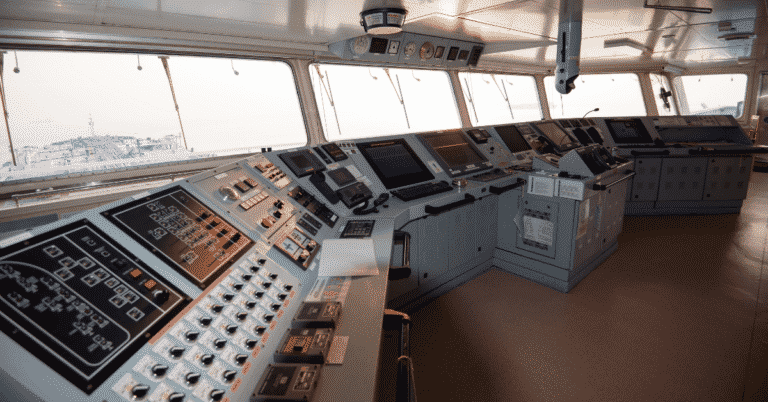
Auto-pilot is surely an undeniable boon in modern navigation. However over-reliance on the equipment and poor comprehension of its efficiency and limitations has resulted in several accidents at sea. Learn about ten important things to consider while using auto-pilot system on ships.
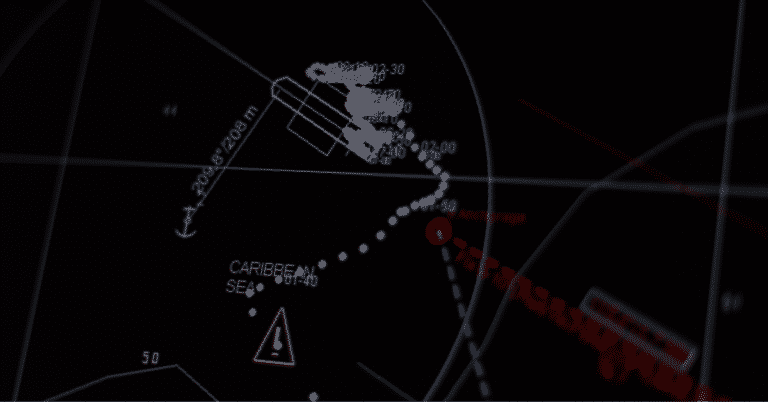
ECDIS has no doubt been in many ways a blessing for ship officers as it has made their lives easy. Let’s take a look at some areas where it can be further improved from a user’s perspective.
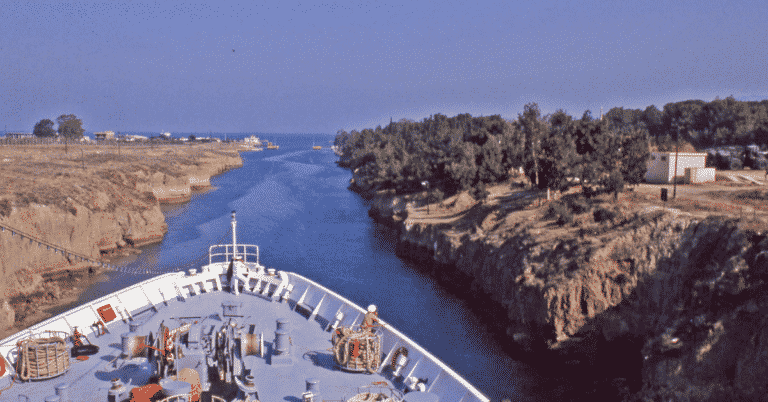
Officers must take extra caution when the ship is transiting narrow passages such as channel. Learn about ten important points that ship’s crew must remember while transiting narrow channels.
"*" indicates required fields